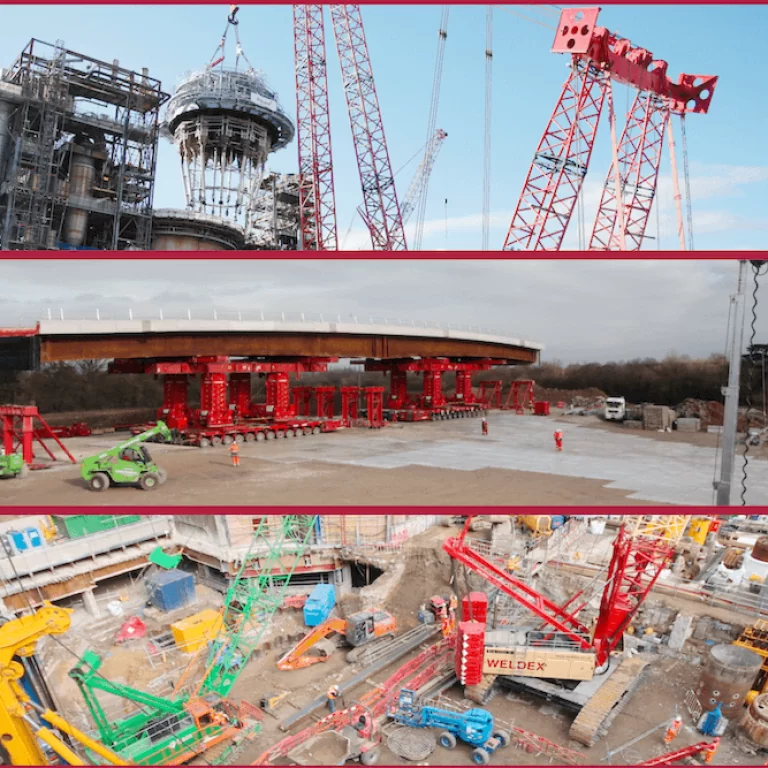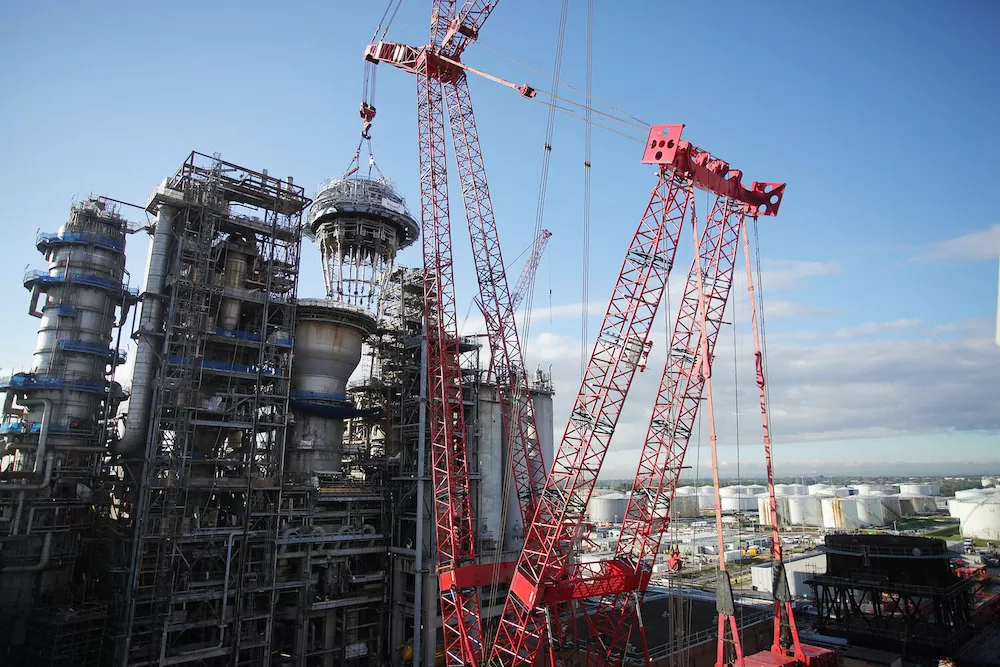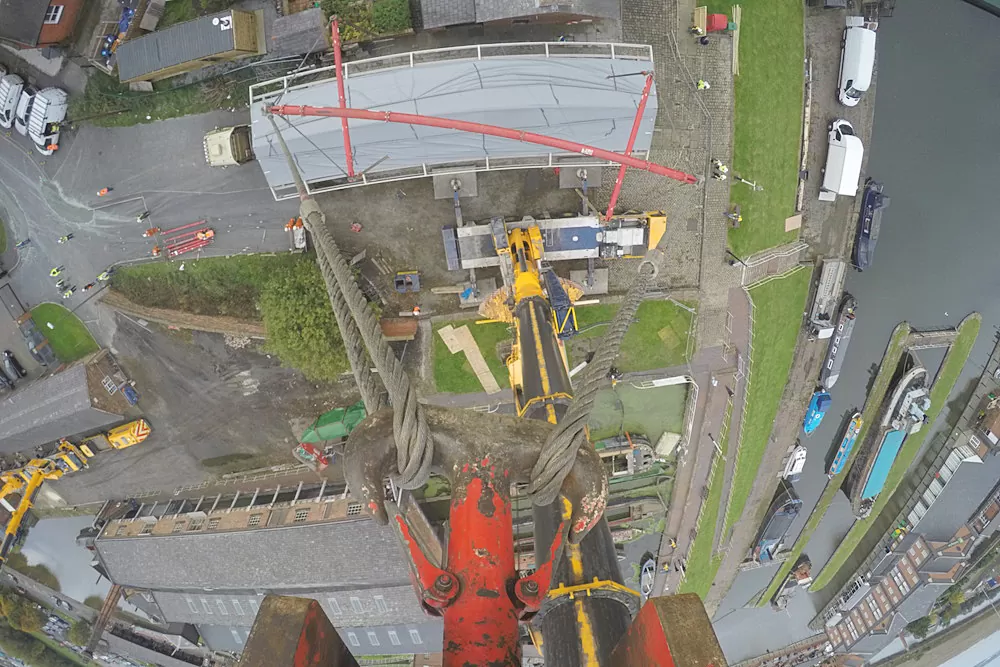
News Capturing machine work with time-lapse & video – Part Two
Time-lapse is an increasingly common tool used to record the work carried out by machines.
As we considered in the first part of this double feature, the “smooth impression of motion” granted to a subject which changes “imperceptibly slowly” with the help of regular interval photography, is a popular aesthetic in the construction sector. Time-lapse construction videos allow contractors to demonstrate and promote their skills in a way that is easily accessible and intriguing to watch.
In addition to capturing the full breadth of a project from start to finish, time-lapse allows for individual details to be pored over in depth – like the on site activities of machines, for example.
As a result of its flexibility and remote capabilities – which allows for consistent site monitoring over any duration without manually handling the camera system – time-lapse can be applied to document developments other than construction.
Complex manoeuvres
Projects carried out to improve infrastructure can involve long hours of work and laborious activity.
While this might be boring and rather uninspiring to watch in real time, hardy machinery carrying out complex tasks can be captivating when viewed in time-lapse.
Transportation
Particularly when working on road, rail, or with industry behemoths in their sizeable depots, providing adequate visual coverage of all elements can be challenging.
Several projects in our own time-lapse UK archive have involved incredibly technical manoeuvres of some of the heaviest, most specialised equipment in the world.
For Essar, we engaged our Ultra HD time-lapse and video solutions to capture a £25m refurbishment project at their Stanlow refinery, which involved the replacement of a 450-tonne regenerator head (the largest of its kind in Europe).
The removal and replacement of the head of Essar’s catalytic cracking unit required the mobilisation of numerous professionals and engineers to operate immense self-propelled modular trailers, a 334ft crane and a huge skid system.

Above: Essar’s regenerator head being craned into position at their Stanlow Refinery. An excellent example of how time-lapse can isolate the movements of huge machinery.
We utilised various positions and sweeping camera angles to cover the sizeable movements of this equipment; helping to communicate the size and scale of this project. Time-lapse especially emphasises the level of organisation and teamwork needed to operate massive machinery and to complete the replacement successfully, as each movement appears smooth and streamlined.
The same attention to detail was necessary to provide documentation (in collaboration with Aerial Images) of a three-day bridge installation over the M56 near Manchester Airport. The 1,500 tonne structure (the length of a football pitch) was constructed at the roadside before being transported and manoeuvred into place.
Our time-lapse solutions helped to isolate specific movements during the first phase of the project, including the bridge being jacked up to eight metres high before being moved into position across the M56 motorway using a specialist ‘Self Propelled Modular Transport System’.
Crane lifts
As well as capturing complex transportation methods, time-lapse & video solutions can offer a dynamic perspective on other specialist manoeuvres, such as those carried out by cranes.
This work can be incredibly sensitive, especially if the contents being lifted is of historical significance. We have extensive experience working in museum environments across the UK where specialised crane lifts were necessary to move historical items as part of major developments.

Above: our time-lapse camera system positioned atop a crane during National Waterways Museum boat lifts.
At the National Waterways Museum, we documented the UK’s biggest manoeuvre of historical vessels as part of important efforts to preserve several heritage boats which were moored at Ellesmere Port.
To carry out the restoration works, as much water as possible had to be pumped from each boat before then carrying out specialised lifting techniques to remove them from the port. Once lifted, each boat was then lowered onto a low-loader lorry before being transported into dry storage where they could be carefully treated.
Rather than simply capturing works from ground-level, innovative fixings enabled us to rig the camera system to the machine itself, so as to get up close and personal with the crane and its specialise movements.
At the Postal Museum in London, we worked underground in the subterranean network of railways in order to time-lapse the installation of their custom-built train carriages. For what is now known as the Mail Rail ride at the museum, we utilised rapid capture time-lapse to record the locomotives being carefully lowered into the narrow space of treasured subterranean rail road.
Although only short-term developments, these lifts were among the most complicated developments towards the preparations for the new museum. Space was limited and so operating the camera had to be incredibly skilled and well co-ordinated in order for the crane’s movements to be captured effectively.
With the assistance of professional time-lapse providers, this visual method facilitates a new way of observing the work of construction machinery in various infrastructural contexts.
If you missed part one of this double feature, where we consider the capture of machine work in time-lapse construction projects, click here.